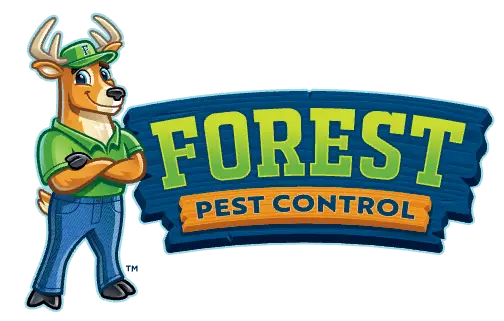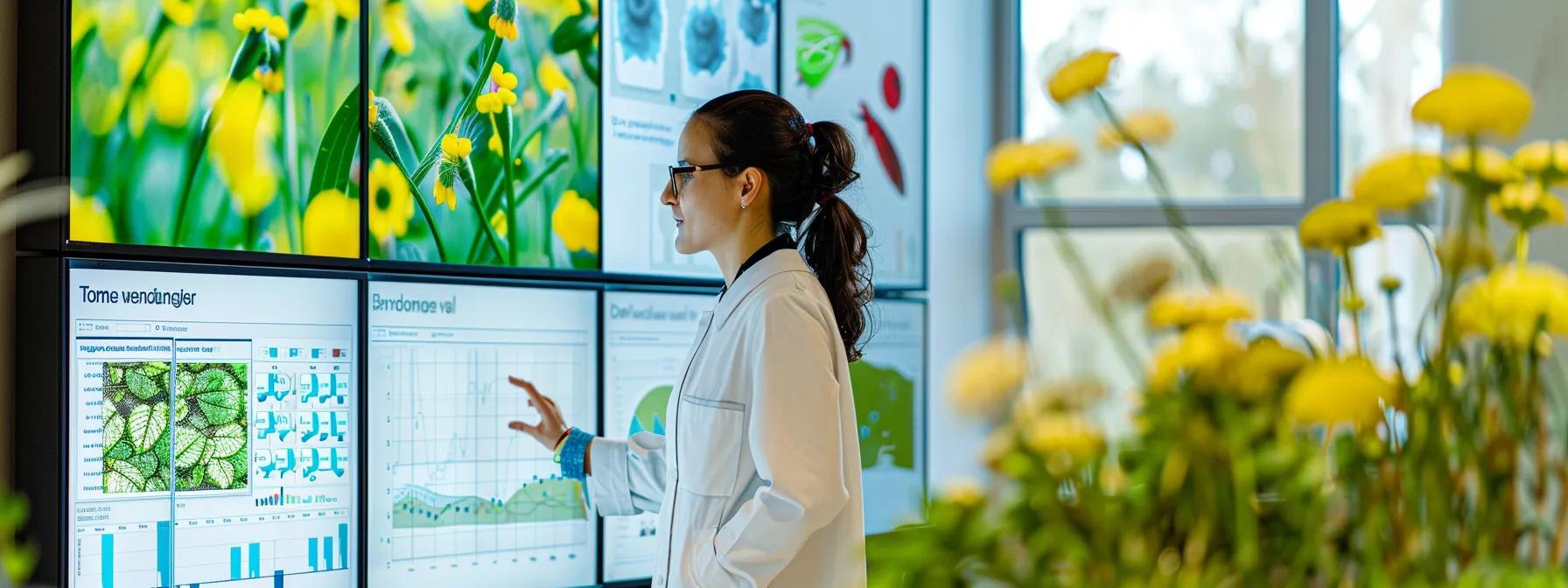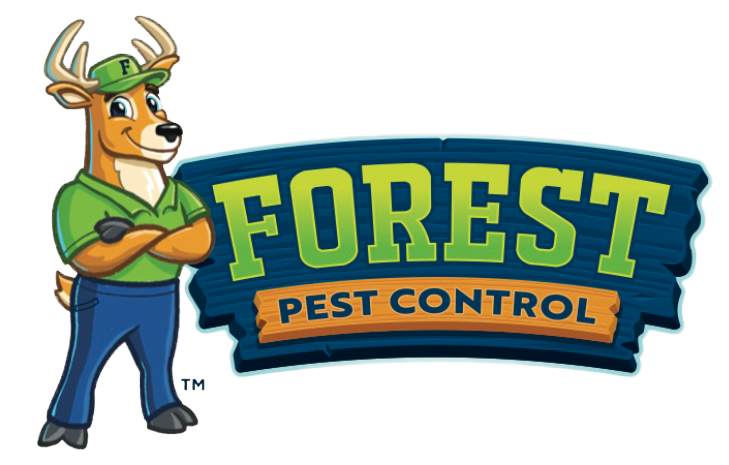In modern agriculture and urban landscape management, increasing pest resistance to chemical pesticides and the negative environmental impact of synthetic treatments have spurred the adoption of alternative strategies such as right pest control. Biological control methods offer a sustainable solution by harnessing natural enemies, pathogens, and competitive organisms, including mosquito exterminator techniques, to reduce reliance on chemicals and support ecosystem balance. This article explores the core principles of biological pest suppression, distinguishes these methods from chemical approaches like traditional cockroach extermination, and provides guidance for implementation in gardens and farms. It also discusses the advantages and challenges of biocontrol along with future innovations, offering actionable insights for sustainable pest management that supports soil health and biodiversity.
Transitioning into the main content, the following sections provide a detailed roadmap for understanding and implementing biological control methods in a variety of settings.
Understanding Biological Control as an Eco Friendly Pest Control Technique
Biological control uses living organisms to suppress pest populations and mitigate their harm. It is central to sustainable agriculture and integrated pest management (IPM) practices, where techniques such as right pest control and mosquito exterminator strategies are often employed. The term “biological pest management” refers to methods that utilize natural predators, parasites, pathogens, and competitive species—sometimes including approaches like cockroach extermination and rodent-exterminator interventions—to keep pest populations in check by leveraging long-established ecological relationships.
Defining Biological Pest Management in Sustainable Agriculture
Biological pest management, a cornerstone of right pest control, involves introducing or encouraging natural enemies to regulate pest populations. It includes classical methods, where specific predators or pathogens are released, and conservation methods, which manage habitats to protect beneficial species. These strategies lower chemical residues, enhance soil health, and promote a self-regulating ecosystem. Examples include using lady beetles to control aphids and Bacillus thuringiensis (Bt) to target insect larvae, while similar principles are applied in cockroach extermination in urban environments.
The Core Principles of Natural Pest Suppression
Biocontrol relies on several principles: • It exploits inherent ecological dynamics between pests and their natural enemies, an approach aligned with right pest control strategies. • It emphasizes biodiversity, with multiple biocontrol agents working together instead of relying solely on methods like cockroach extermination. • Effective timing and understanding of pest life cycles are essential, much like the meticulous planning seen in mosquito exterminator practices. • It focuses on long-term ecological balance rather than immediate eradication.
How Biological Control Contributes to Eco Friendly Pest Control Techniques
By reducing or eliminating chemical pesticide use, biological control – a key component of right pest control – minimizes harm to non-target species, promotes beneficial organisms, and supports pollinator populations. It also sustains natural processes like nutrient cycling and soil health. Research has shown that integrated biological control, when combined with measures such as incorporating a rodent-exterminator strategy and a mosquito exterminator where necessary, can lower pest populations by 30% to 70% over time, leading to safer food production and cleaner urban environments.
Distinguishing Biological Methods From Chemical Pest Approaches
Unlike chemical pesticides that act through direct toxicity and can harm multiple species, biological control operates through natural relationships. Emphasizing a right pest control approach, it minimizes collateral damage and reduces the need for interventions such as mosquito exterminator strategies in sensitive areas. While chemicals may cause resistance and environmental contamination, biocontrol works in harmony with ecosystems, enhancing soil ecology through organic matter decomposition and microbial diversity, and may even complement techniques like cockroach extermination in urban settings.
Historical Successes in Biological Pest Management
Historical successes provide a strong foundation for modern biocontrol that often integrates right pest control strategies. For instance, the vedalia beetle once controlled cottony cushion scale in California citrus orchards, and parasitic wasps have been used effectively in various agricultural systems, even serving as a natural wasp exterminator in certain contexts. These examples underscore the potential of biological control as a cost-effective and sustainable alternative to conventional pesticides, inspiring innovative methods such as cockroach extermination in urban environments.
Key Types of Biological Control Agents for Green Pest Solutions

Biological control agents come in various types, each with unique applications and benefits in right pest control strategies. In eco-friendly pest control, these agents, including options like rodent-exterminator and cockroach extermination measures, address specific issues while minimizing environmental disruption. The following outlines the main types of biocontrol agents used to reduce pest populations.
Introducing Predators for Natural Pest Reduction
Predators such as lady beetles, lacewings, and birds help lower insect pest numbers by actively seeking and consuming them. For example, lady beetles are effective against aphids in vegetable gardens and ornamental landscapes, acting also as a natural mosquito exterminator. Their broad diet and adaptability make them an essential part of integrated pest management and right pest control, contributing to both pest control and garden biodiversity conservation.
Utilizing Parasitoids in Eco Friendly Pest Control Techniques
Parasitoids, such as certain wasps, are a prime example of right pest control, as they lay eggs on or within pest organisms, leading to the pest’s eventual death as the larvae develop. Their high specificity allows them to target only one or a few pest species, thereby limiting damage to beneficial insects. This targeted action makes them invaluable, particularly in high-value crops where chemical residues are a concern. In contrast to conventional flea exterminator and rodent-exterminator methods, employing these natural agents offers a sustainable alternative.
Applying Pathogens for Biological Suppression of Pests
Microbial pathogens, including bacteria, fungi, and viruses, offer an alternative strategy. Bacillus thuringiensis (Bt) is a well-known bacterium used to control caterpillars in organic agriculture. When ingested, Bt produces toxins that kill the target pest while remaining safe for humans and beneficial species. Similarly, entomopathogenic fungi like Beauveria bassiana infect and kill certain insect pests, providing a natural and sustainable pest management option.
Employing Herbivores for Weed Management Through Biological Control
Certain herbivorous insects play a role in controlling invasive weeds by selectively feeding on unwanted plant species. This biological approach reduces the need for harmful herbicides. For example, specific beetles can help control invasive thistles, thereby reducing weed competition and promoting a balanced ecosystem.
Understanding Antagonists in Plant Disease Management
Antagonists are beneficial microorganisms that interfere with plant pathogens via competition, antibiosis, or parasitism. Strains like Trichoderma, for instance, colonize plant roots and foliage, suppressing soil-borne fungal pathogens and improving nutrient uptake. Their dual role in disease suppression and plant growth promotion makes them crucial in modern bio-based pest management systems.
Implementing Biological Control Methods in Your Garden or Farm
Successful implementation of biological control requires careful pest assessment, strategic selection of control agents, and the creation of habitats conducive to beneficial organisms. Whether applied in backyard gardens or on large farms, biological control is a process that integrates natural ecosystem dynamics with human management practices.
Assessing Pest Problems for Effective Biological Interventions
The initial step is to accurately identify the pests and assess infestation levels. This can be done using tools such as pheromone traps, visual inspections, and field sampling. A clear assessment helps determine the most appropriate biological agents and the proper timing for intervention. For example, early detection of an aphid outbreak allows for timely introduction of predatory insects.
Selecting Appropriate Biological Control Agents
After identifying the pest problem, select the biological control agents best suited to target the pest. Factors include the agent’s mode of action, target specificity, and compatibility with the local ecosystem. Consulting local pest management professionals and referring to scientific literature can improve decision-making. Detailed records of agent performance and environmental conditions are also valuable for future outbreak management.
Creating a Welcoming Habitat for Beneficial Organisms
A conducive environment is essential for the success of biocontrol agents. This can be achieved by planting a variety of flowering plants that provide nectar and pollen, reducing pesticide applications, and maintaining ground covers that support beneficial soil organisms. Structures such as hedgerows or insect hotels offer additional refuge, promoting a balanced ecosystem that naturally suppresses pests.
Releasing and Establishing Biological Control Agents
Releasing biocontrol agents should be strategically planned. They can be introduced directly into the affected area or in repeated augmentative releases to maintain high population levels. Timing is critical; releases should coincide with pest population stages that allow for effective suppression. Follow-up inspections and adjustments help ensure that the agents establish and perform as intended.
Monitoring and Evaluating Biological Pest Management Efficacy
Continuous monitoring is necessary to gauge the success of biological control efforts. Regular field inspections using visual counts, sticky traps, and performance records can indicate whether pest populations are declining. Based on monitoring results, adjustments such as additional releases or habitat modifications can be made to optimize control measures. This iterative process promotes constant improvement in pest management practices.
Advantages of Adopting Eco Friendly Pest Control Techniques Like Biocontrol
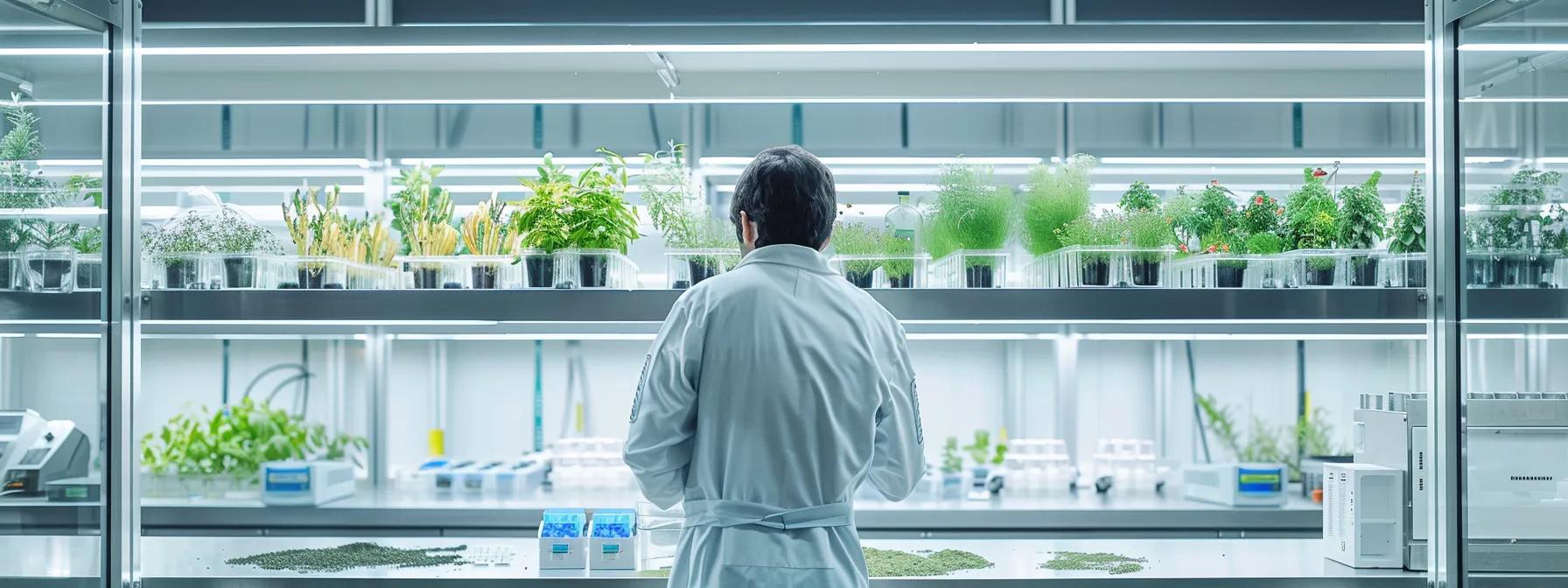
Eco-friendly pest control methods using biological agents offer several advantages over conventional chemical methods. These benefits support environmental, food, and human health while also enhancing agricultural productivity.
Reducing Reliance on Synthetic Pesticides
Biological pest management lowers or eliminates the need for chemical pesticides, reducing chemical residues on food and in water supplies. This approach also helps prevent pesticide resistance among pests and minimizes harm to beneficial organisms, contributing to a healthier environment.
Promoting Biodiversity and Ecological Balance
By preserving natural enemies, pollinators, and soil organisms, biocontrol enhances ecosystem biodiversity. A biodiverse system is more resilient to pest outbreaks and environmental fluctuations, ensuring that natural ecological interactions and feedback loops support long-term agricultural productivity.
Long-Term Cost Effectiveness of Biological Pest Management
While initial costs for setting up biological control systems may be higher, the long-term savings are significant. Biocontrol agents reproduce naturally, reducing the need for repeated chemical treatments. Over time, the lower operational costs and environmental benefits contribute to sustained productivity and lower overall pest management expenses.
Enhancing Food Safety and Environmental Health
Biological control methods offer a safer alternative for food production by eliminating harmful chemical residues. This approach not only protects human health but also reduces the risk of contaminating water sources, thereby promoting environmental health.
Specificity to Target Pests Minimizing Harm to Non-Targets
Many biocontrol agents are highly specific, targeting only particular pest species. This specificity minimizes collateral damage to beneficial insects, plants, and wildlife, ensuring that natural ecological balances are preserved while reducing overall environmental risks.
Challenges and Considerations in Biological Pest Management
Despite its advantages, biological pest management faces several challenges. Effective implementation requires a deep understanding of ecological dynamics, seasonal variations, and pest life cycles, as well as careful coordination of control measures.
The Timeframe for Biological Control Effectiveness
Unlike chemical pesticides that offer immediate results, biological control methods often require several weeks or months to show significant effects. This delay necessitates patience and ongoing monitoring to confirm that natural enemies are establishing and reducing pest populations.
Potential Risks and How to Mitigate Them
Introducing biocontrol agents carries a risk of unintended ecological consequences, such as non-native species becoming problematic. Using well-studied and preferably native agents, along with regular monitoring and pilot studies, can help mitigate these risks. Having contingency plans in place is also essential.
Sourcing and Quality Control of Biological Agents
The success of biocontrol largely depends on the quality and viability of the agents used. It is crucial to source certified, high-quality biological control products and adhere to rigorous storage and testing protocols to ensure consistent performance.
Integrating Biological Methods With Other Eco Friendly Pest Control Techniques
Biological control works best as part of an integrated pest management (IPM) strategy. Combining it with cultural practices, resistant crop varieties, and minimal chemical interventions creates a comprehensive approach that enhances overall pest control efficiency and sustainability.
Addressing Public Perception and Education on Biocontrol
Public skepticism toward alternatives to chemical pesticides can be a barrier to adopting biocontrol methods. Educating stakeholders through extension services, demonstration farms, and workshops—supported by concrete data—helps promote the safety and efficacy of biological pest management.
Future Directions and Innovations in Biological Control Methods for Eco-Friendly Pest Management
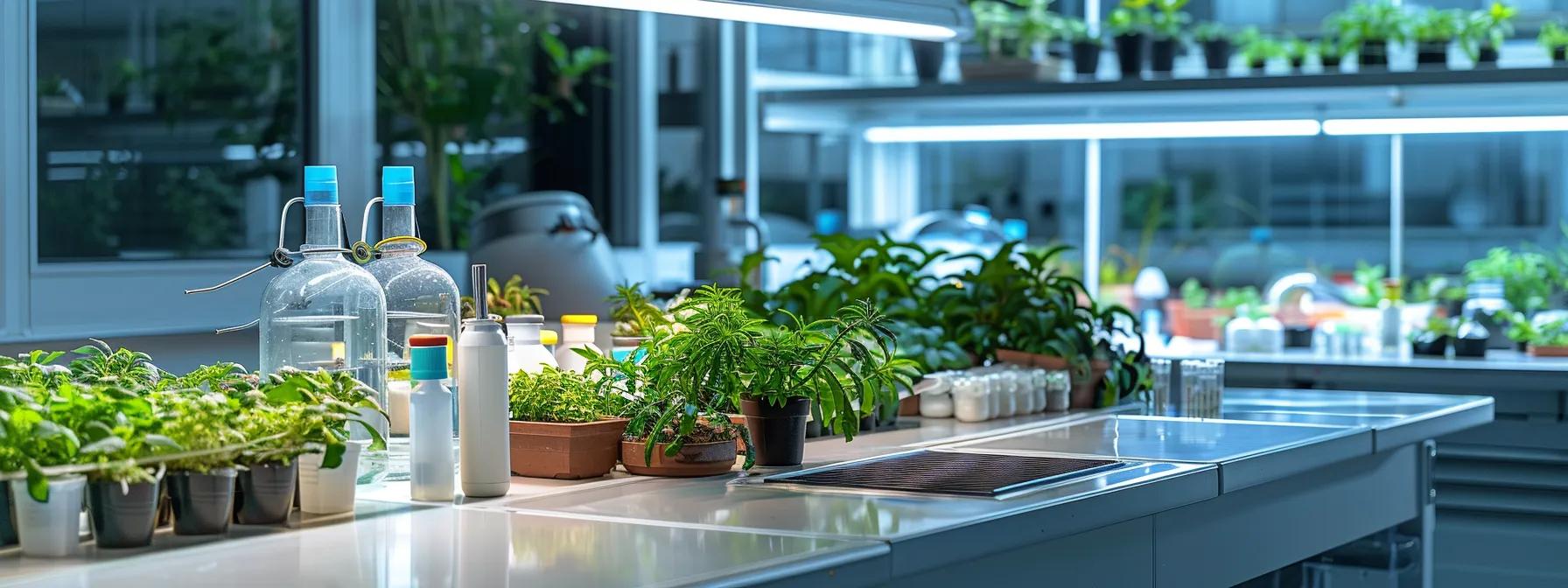
The field of biological pest management continues to evolve with advancements in technology and research. Innovations are expanding the scope and effectiveness of biocontrol practices.
Advances in Augmentative Biological Control
Augmentative biological control, which involves supplementing natural enemy populations, is advancing through new formulations and controlled-release techniques. These innovations improve the survival and efficacy of beneficial organisms, with studies showing significant pest reductions within a single growing season.
The Role of Molecular Biology in Enhancing Biocontrol Agents
Molecular biology is increasingly used to optimize biocontrol agents. Techniques such as genetic analysis and selective breeding help develop more potent and targeted agents, improving pest suppression while ensuring environmental safety.
Conservation Biological Control Strategies for Long-Term Sustainability
Conservation biological control focuses on preserving and enhancing native beneficial organisms by modifying habitats—such as establishing pollinator strips and preserving native vegetation. This strategy not only supports biocontrol agents but also contributes to overall ecosystem health and sustainability.
Developing New Eco Friendly Pest Control Techniques From Natural Sources
Research continues into plant extracts, essential oils, and other natural compounds with insecticidal properties. Trials with neem and garlic-based formulations, for example, have shown promise in reducing pest populations without harming beneficial organisms, offering additional eco-friendly pest control solutions.
Policy and Regulatory Support for Biological Pest Management
Supportive policies and streamlined regulatory approvals are critical for advancing biological control methods. Government incentives and research funding help standardize biocontrol practices and promote their adoption as sustainable alternatives to chemical pesticides.
Frequently Asked Questions
Q: What are the primary benefits of using biological control methods over chemical pesticides? A: Biological control methods reduce chemical residues, promote biodiversity, and support long-term ecological balance by harnessing natural predators, parasites, and pathogens to selectively suppress pest populations.
Q: How quickly can biological control agents reduce pest populations? A: Results vary; noticeable reductions typically occur over several weeks to months, depending on timing, pest density, and the establishment of beneficial organisms. Although not immediate, the benefits are sustainable over the long term.
Q: Are biological control methods safe for non-target species such as pollinators and beneficial insects? A: Yes, because many biological control agents target specific pest species, they minimize harm to non-target species like pollinators and other beneficial insects, thereby maintaining ecosystem health.
Q: Can biological control be integrated with other pest management strategies? A: Absolutely. It is a key component of integrated pest management (IPM) and works well when combined with cultural practices, resistant varieties, and minimal chemical use to enhance overall pest management efficiency.
Q: What are some common challenges when using biological control methods, and how can they be overcome? A: Challenges include delayed control effects, sourcing high-quality agents, and public skepticism. These can be addressed through careful monitoring, selecting native agents, and effective education and outreach.
Q: How do advances in molecular biology contribute to improving biological control agents? A: Advances in molecular biology help identify and enhance beneficial genes in biocontrol agents through genetic analysis and selective breeding, leading to more effective and targeted pest suppression.
Q: What policy measures support the adoption of biological control methods in agriculture? A: Government incentives, streamlined regulatory approvals, and research funding for sustainable pest management all support the standardization and widespread adoption of biological control methods.
Final Thoughts
Biological control methods provide a sustainable and environmentally friendly alternative to conventional chemical pesticides. By leveraging natural enemies and ecosystem dynamics, these techniques reduce chemical reliance, promote biodiversity, and enhance long-term soil and plant health. With careful implementation and continuous monitoring, biological control can lead to effective, cost-efficient pest management in both agricultural and urban settings. Embracing these methods is a forward-thinking step toward a healthier, more sustainable future for pest management.
